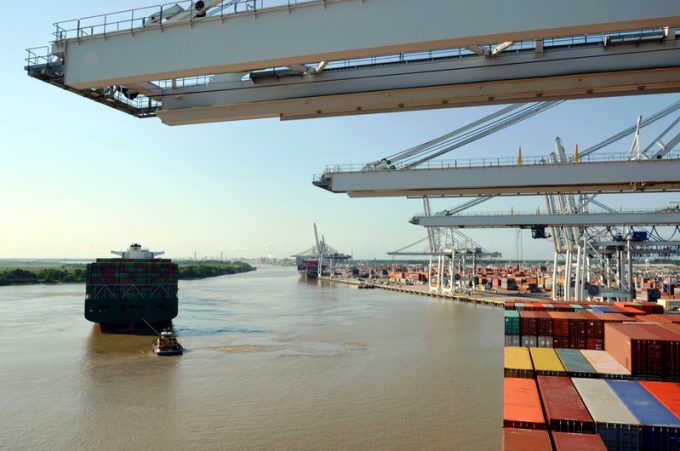New price hikes may slow ocean spot rate slide – but for how long?
Container spot freight rate indices showed some divergence this week, indicating that recent falls in ...

Spot freight rates on every major container lane continued to tumble over the past week as demand remained flat, while a possible short-term pre-Golden Week upsurge has so far failed to materialise.
Golden Week begins on 1 October and the week-long public holiday sees work stop across the country – in previous years there has often been a spike in demand over the fortnight before it begins.
However, it would appear shippers have more pressing issues, particularly the growing probability of a ...
Trump tariffs see hundreds of cancelled container bookings a day from Asia
Macron calls for ‘suspension’ – CMA CGM's $20bn US investment in doubt
De minimis exemption on shipments from China to the US will end in May
Forwarders stay cool as US 'liberation day' tariffs threaten 'global trade war'
Mixed response in US to 'Liberation Day', while China leads wave of retaliation
Tariffs and de minimis set air freight rates on a volatile course
Overcapacity looms for ocean trades – with more blanked sailings inevitable
'To ship or not to ship', the question for US importers amid tariff uncertainty

Comment on this article